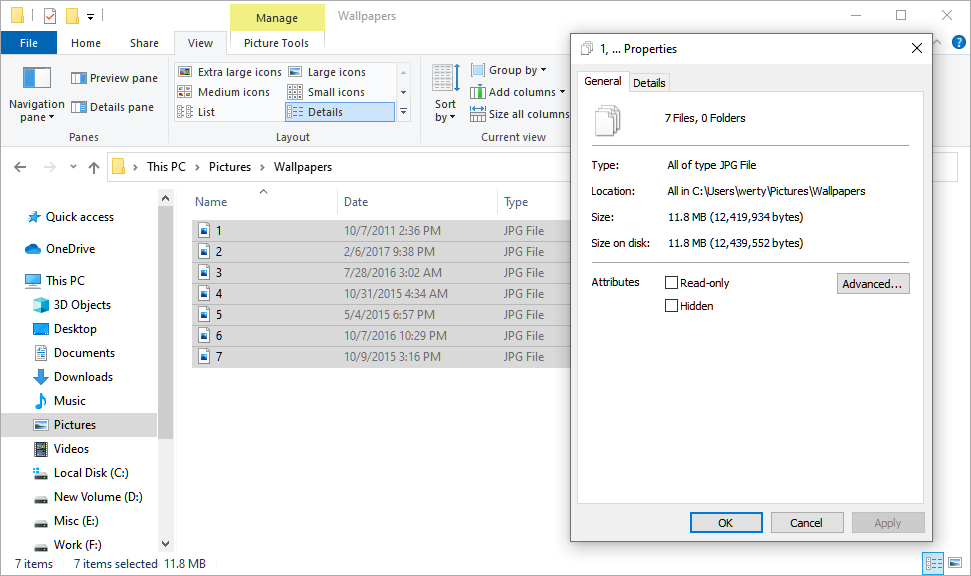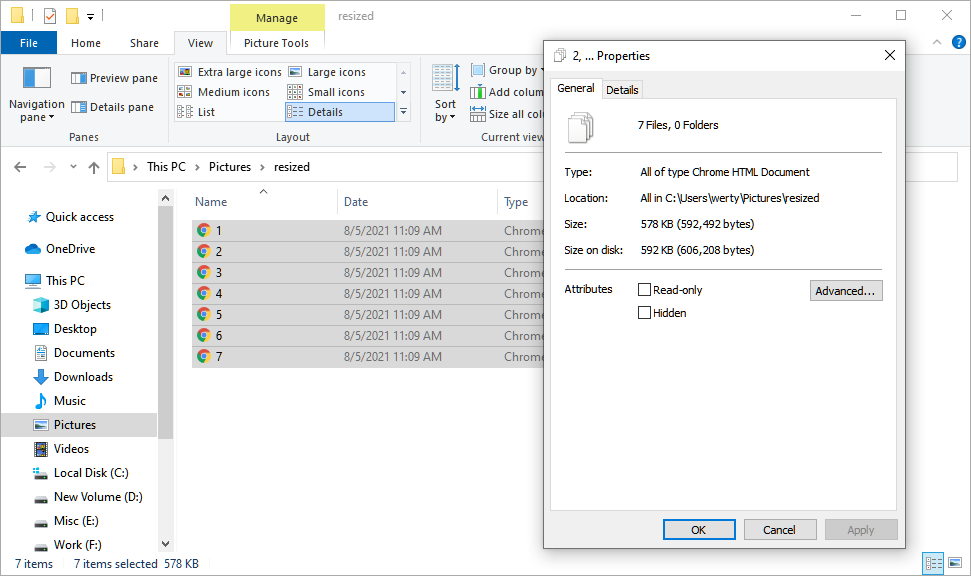As a web developer, I have actually discovered websites that performed very poorly in regards to loading rate. The primary reason being they had too many unoptimized images. Normally, pictures need to be maximized via resizing and compression to save bandwidth both for the webserver and customer.
Thanks to innovations in picture compression, we currently have photo layouts such as webp which call for really less storage room in contrast to the prominent formats of the past such as jpeg and png. At the same time, the webp style doesn’t hand out with the quality of the photo.
One of my web sites was experiencing due to unoptimized photos. Google’s PageSpeed device was suggesting me to offer maximized photos on the website to decrease the page loading rate. The problem was, this website had greater than 20 GB of pictures. It wasn’t going to be a simple job resizing all these jpeg photos. After taking a look around for possible solutions, I zeroed in on python and the Pillow collection. Once more python came to my rescue.
Python has this extremely helpful Cushion collection for photo handling. Cushion supports greater than 30 of the most popular photo styles available today. It is a powerful tool for image archiving and batch processing applications. It is commonly made use of to resize and compress pictures.
Exactly How to Bulk Resize and Compress Images with Python and Pillow
Prior to we continue ahead with resizing the images, allow’s make certain you have Python 3 installed and then install the Cushion library for python utilizing the following command.
pip set up cushion &# 13;
For this overview, I will certainly be selecting the webp layout. You can select the layout according to your needs. Additionally don’t fail to remember to produce the export path prior to running the code.
Adjustable variables
In the below code, you can readjust the path, export_path , and fixed_height variable according to your requirements. You can transform the outcome format from webp to any other image style of your choice.
Compression
If you want higher compression, you can minimize the quality worth. The top quality varies from 0 to 100 However, I will not suggest setting the quality too reduced or the outcome image won’t look good.
So right here’s a small yet effective item of code to help you resize and press pictures with python.
import PIL
from PIL import Photo
import os
path=" C:/ Users/techverse/Desktop/ photos/"
export_path=" C:/ Users/techverse/Desktop/ images/resized/"
pictures = os.listdir( path).
def resize():.
for image in photos:.
image_name = image.rsplit('.', 1 [0] fixed_height = 250 image = Image.open( path+ image).
height_percent = (fixed_height/ float( image.size [1]).
width_size = int(( float( image.size [0] * float( height_percent))).
picture = image.resize(( width_size, fixed_height), PIL.Image.NEAREST).
image.save( export_path+ image_name+'. webp', 'webp', enhance= True, high quality=90
resize() &# 13;
Run the code and once it finishes, the images should be saved in the export path. The code works great both on Windows and Linux (ubuntu). When the images have actually been optimized, they will certainly pack faster than before.
The code will keep the aspect proportion of the image. You can transform the fixed_height variable according to your demand. The width of the resized photo is set instantly to protect the facet proportion.
Here is a screenshot contrasting the dimension of the images before and after resizing and compression.
Before:

After

From 11 8 MB to 578 KB, the dimension difference is extreme. Also the high quality of the photos is virtually identical. As for the 20 GB of images that were pressed using the very same code, the overall size of the output was around 6 GB.
If you require the result pictures to have taken care of elevation and size, you can change the adhering to line in the code.
photo = image.resize(( width_size, fixed_height), PIL.Image.NEAREST)
with the below code.
image = image.resize(( size, elevation))
With Google taking the mobile-first method for search engine optimization. The filling speed of a web site on smart phones has actually come to be an essential ranking variable on google. Because mobile phones do not have the very same processing power as computers, It ends up being very essential to maximize all bandwidth-heavy components such as photos to boost the packing speed. As of today, a quicker packing speed on mobile phones indicates a much better ranking for your internet site on Google.
While my use for resizing and compressing pictures with python and cushion was focused on lowering the loading speed of websites. You can utilize the above code for batch resizing and compressing images for any type of other application.
